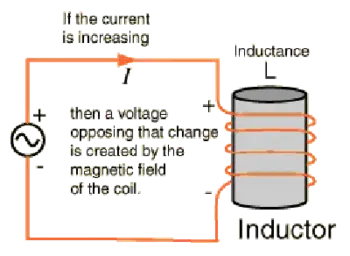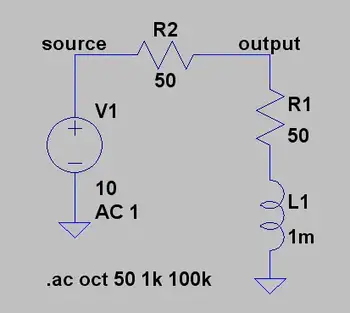What is an Arc Fault?
What is an Arc Fault?
An arc fault is a dangerous electrical occurrence that can lead to disastrous consequences, including fires and significant property damage. Understanding the nature of arc faults, how to prevent them, and the importance of implementing protective measures, such as arc fault circuit interrupters (AFCIs), is crucial for maintaining a safe home and workplace.
An arc fault occurs when electrical current unintentionally flows through an unintended path, creating an electric arc. This arc generates high levels of heat, which can easily ignite surrounding materials, such as insulation or wood framing, and result in an electrical fire. Arc faults can be caused by various factors, including damaged or frayed wiring, loose connections, and even punctured electrical cables from nails or screws.
The danger of an arc fault lies in its potential to cause electrical fires, which can quickly spread throughout a building, posing a significant risk to occupants and property. According to the Consumer Product Safety Commission, electrical fires account for approximately 51,000 residential fires annually in the United States, resulting in hundreds of deaths, thousands of injuries, and more than $1.3 billion in property damage.
Arc fault circuit interrupters (AFCIs) are essential safety devices designed to prevent electrical fires caused by arc faults. These specialized circuit breakers can detect the unique electrical signatures of arc faults and quickly disconnect power to the affected circuit, preventing the arc from causing a fire. AFCIs are different from ground fault circuit interrupters (GFCIs), which protect against electrical shocks by detecting imbalances in current flow. Both AFCIs and GFCIs are crucial components in modern electrical systems for ensuring electrical safety.
Common causes of arc faults in electrical systems include damaged or aged wiring, overloaded circuits, and loose connections. In older homes, electrical wiring can deteriorate over time, increasing the risk of arc faults. Faulty appliances or devices can also contribute to arc faults, particularly if they draw excessive current or have damaged cords. To reduce the risk of arc faults, it is essential to have your electrical system regularly inspected and maintained by a licensed electrician, particularly if your home is older or has a history of electrical issues.
The primary difference between an arc fault and a ground fault is the nature of the electrical problem. An arc fault involves an unintended electrical path between conductors, whereas a ground fault occurs when current unintentionally flows from a conductor to a grounded surface, such as a metal appliance casing. Both types of faults can be dangerous, but they pose different risks: arc faults can lead to fires, while ground faults can result in electrical shocks.
To determine if your electrical system is protected against arc faults, you should look for AFCI breakers in your electrical panel. These breakers are typically labeled with the letters "AFCI" and have a test button similar to GFCI outlets. If you are unsure whether your system is protected or need assistance installing AFCI breakers, consult a qualified electrician.
In the United States, the National Electrical Code (NEC) sets forth specific regulations and codes for arc fault protection. The NEC requires AFCI protection on all 120-volt, single-phase, 15 and 20-ampere branch circuits supplying family rooms, dining rooms, living rooms, parlors, libraries, dens, bedrooms, sunrooms, recreation rooms, closets, and similar places.
What is the difference between an arc fault and a ground fault?
An arc fault and a ground fault are both types of electrical faults that can occur in a circuit, but they differ in their nature and causes.
An arc fault occurs when there is an unintended arcing or sparking of electricity across a gap or within a conductor. This can happen due to a damaged or loose wire, a worn-out insulation, or a switch or outlet that is not making proper contact. Arc faults can generate high temperatures, intense light, and loud noises, and they can ignite flammable materials nearby, leading to electrical fires. Arc faults are typically detected by arc fault circuit interrupters (AFCIs), which can quickly shut off power to the affected circuit to prevent a fire.
A ground fault, on the other hand, occurs when an electrical current travels through an unintended path to the ground, bypassing the normal conductive path. This can happen when a bare wire touches a metal object, when a damaged insulation allows current to leak to the ground, or when a person comes in contact with an energized part. Ground faults can be dangerous because they can cause electrical shock, electrocution, or electrical fires. Ground fault circuit interrupters (GFCIs) are designed to detect ground faults and interrupt the circuit if necessary, providing protection against electric shock.
On-Site Training
Interested in cost effective, professional on-site electrical training?
We can present an Electrical Training Course to your electrical engineering and maintenance staff, on your premises, tailored to your specific equipment and requirements. Click on the link below to request a Free quotation.









